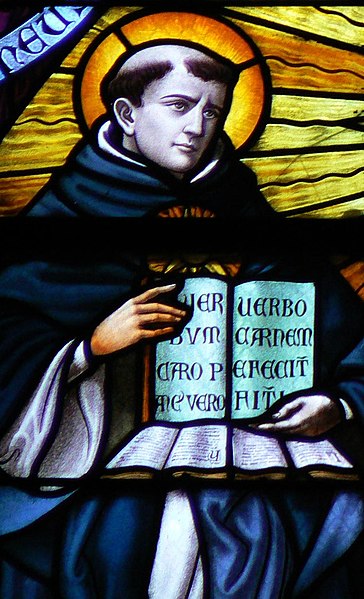The Strepitus is the sudden loud clatter that symbolizes how the Earth convulsed at the physical death of the only begotten Son of our Lord. In Matthew 27:46-53, when Christ gave up His spirit on the Crucifix, there was a tumultuous earthquake. It is the jarring closing of a Tenebae Service, which is done in preparation for the Paschal Triduum.
Some churches have the Tenebrae on Spy Wednesday. Others choose to extinguish the lights after celebrating the Last Supper on Maundy Thursday or even Great and Holy Friday. Regardless of the time, it is a ritual that reminds us of how the Light of the World was briefly extinguished to fulfill scripture as an expiation for mankind’s sinfulness.
While it is difficult to watch Mel Gibson’s cinematic masterpiece The Passion of the Christ (2004) for its depiction of the savage brutality inflicted by the Roman overlords on a political prisoner who challenged the religious practices and expectations of the Jewish hierachy. The teardrop from heaven is incredibly moving.
When Salvador Dali painted Christ of Saint John of the Cross (1951), Jesus was depicted without wounds on a Cross that floated above the Earth. Dali listened to the color of his dream that indicated that depicting the nails, blood and crown of thorns would mar the image. Dali wanted the emphasize the Trinity with the positioning of Jesus hanging on the Cross to represent the nucleus of the atom. Clearly, the cross hovering over the Earth shows the cosmic significance of the passion and death of our Lord Jesus Christ. In a modern manner, Dali celebrates Eastern Christian Church’s emphasis mystagogy of Jesus’ Divine Sacrifice by death on the cross.
 |
But during a Tenebrae service, the faithful were reminded that unlike even in classical depictions of Golgatha (the place of the skull) where Jesus was crucified, the crosses of Calvary were not necessarily hung that high in the air. Since those being executed had their feet nailed bound to prevent them from moving as they slowly suffocated on their crosses, they may have been only a couple of feet above the ground.
Such crosses would serve the Roman overlords as tangible examples of what happens to brigands, rabble rousers and revolutionaries. The low positioning would allow most passers-by to look into the eyes of the executed. This makes the taunts from the crowd and Jesus’ words of forgiveness all the more remarkable.
It is easy to gloss over how the expiation of mans’ sins required a blood sacrifice to seal the New Covenant. By cognitively sounding the Strepitus over Christ’s crucifixion, we may “Ecce homo”.
While some ears may find it as painful as the Stepitus, the Christ’s Passion has been told by Glenn Beck using a motif of Pink Floyd’s Dark Side of the Moon (1973). Whether we use pop parables, cinematic accounts, scriptural studies, communal worship or prayerful personal reflections, it is worthy to reflect on how God’s only begotten Son chose to be the suffering servant to right the relationship between God and mankind.
var _gaq = _gaq || []; _gaq.push([‘_setAccount’, ‘UA-21735473-1’]); _gaq.push([‘_trackPageview’]); (function() { var ga = document.createElement(‘script’); ga.type = ‘text/javascript’; ga.async = true; ga.src = (‘https:’ == document.location.protocol ? ‘https://ssl’ : ‘http://www’) + ‘.google-analytics.com/ga.js’; var s = document.getElementsByTagName(‘script’)[0]; s.parentNode.insertBefore(ga, s); })();








 In past posts, I have written on
In past posts, I have written on Fr. Thomas Dubay used to tell this anecdote: The sister of St. Thomas Aquinas once asked him, “How can I become a saint?”
Fr. Thomas Dubay used to tell this anecdote: The sister of St. Thomas Aquinas once asked him, “How can I become a saint?”

